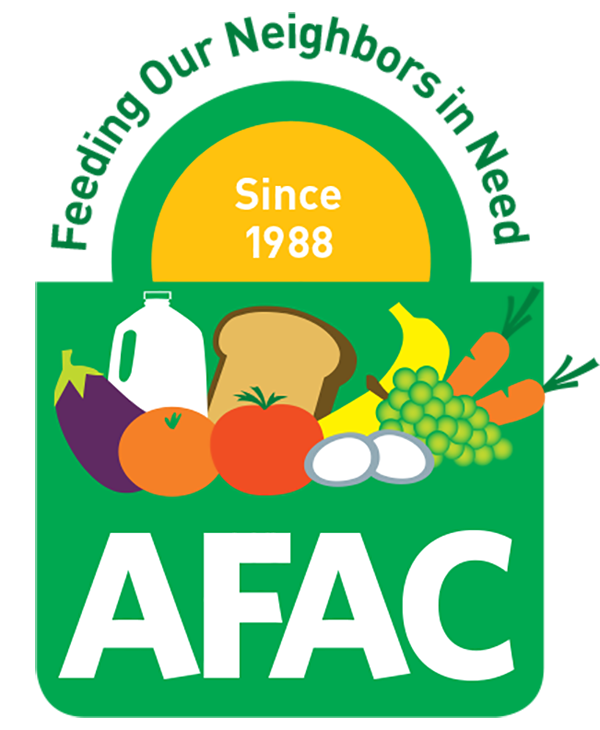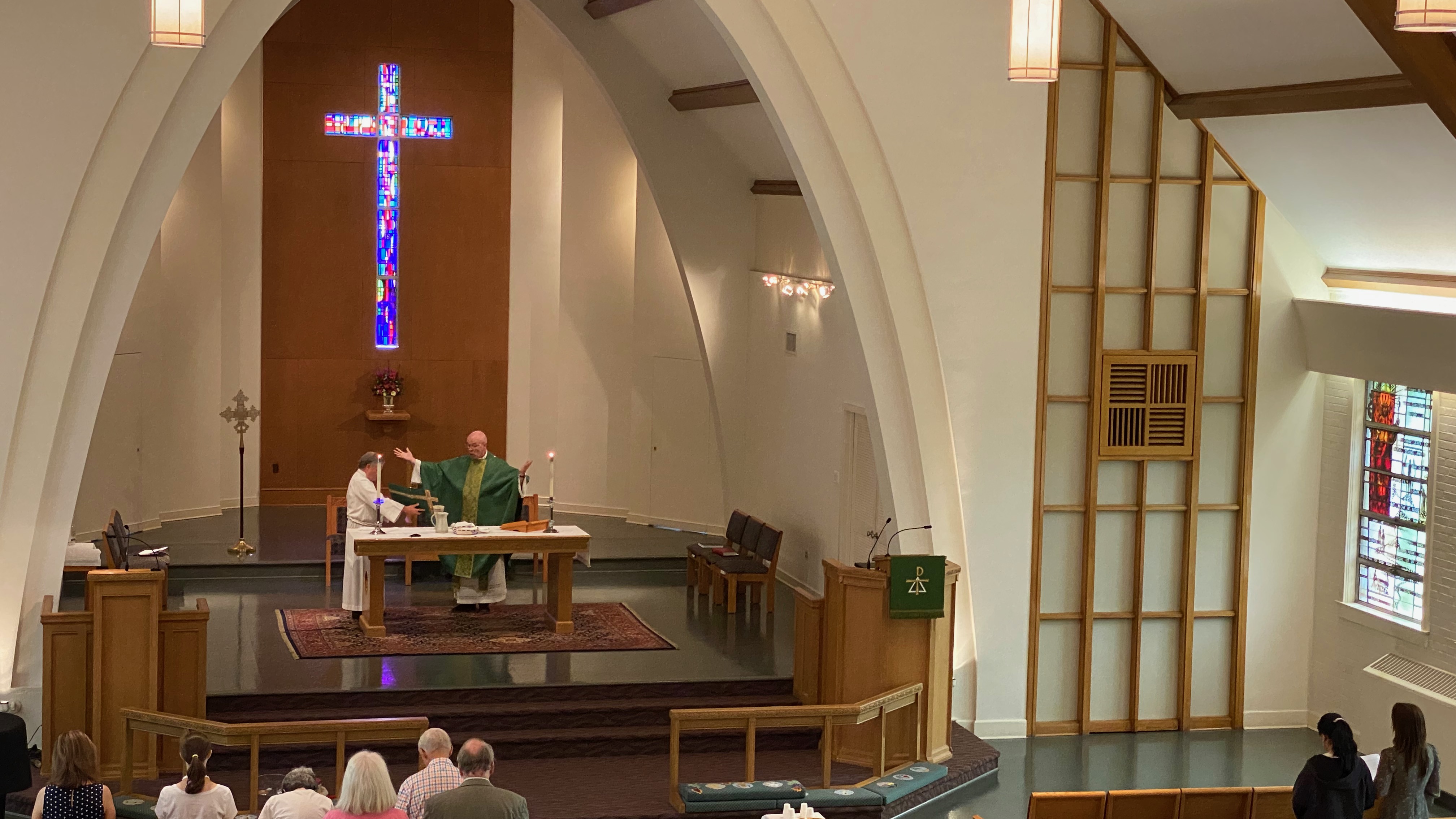Hymn of the Day: “The Church’s One Foundation” ELW 654
Text: S. J. Stone (1839-1900)
Tune: AURELIA, Samuel S. Wesley (1810-1876)
In the mid-nineteenth century, Bishop John William Colenso of Natal raised a ruckus in the Catholic Church when he challenged the historicity and authority of many of the Old Testament books. Bishop Gray of Capetown wrote a stirring response of defense, which, in 1866, inspired Samuel Stone, to write this beloved hymn, basing his text on Article 9 of the Apostle’s Creed: “The Holy Catholic (Universal) Church; the Communion of Saints; He is the Head of this Body.” Now an affirmation of Christ as the foundation of our faith, we sing this hymn with those who have gone before us and with Christians around the world, declaring that beyond any theological differences, cultural divides, and variances in practice, we are all part of the same body, the body of Christ.
The actual words have not changed much from Stone’s original text, though there are differences in what verses are sung. Stone’s hymn originally consisted of seven stanzas, to which he added three more, and today most hymnals include the original 1, 2, 4, 5, and 6, though not every hymnal contains all five. In the first two verses, we proclaim our unity as the Church in Christ, through baptism, the Word, and Communion. In stanza 3 and 4, we pray that divisions might cease and we would fully experience that unity, and in verse 5, we acknowledge the unity greater than the sum of individual people, our fellowship with God, the Three in One.
Stone attended schools at Charterhouse and Pembroke College in Oxford, England. Ordained in the Church of England in 1862, he became curate of Windsor, a position he held until he joined his father in ministry at St. Paul's in Haggerston, London, in 1870. He succeeded his father as vicar at Haggerston in 1874, staying until 1890. From 1890 until his death he served All-Hallow-on-the-Wall in London, which he turned into a haven for working girls and women. In addition to his collection of hymns, Stone's publications include Sonnets of the Christian Year (1875), Hymns (1886), and Iona (1898). He served as a member of the committee that prepared Hymns Ancient and Modern (1909). His Collected Hymns and Poems were published posthumously.
The tune that most often accompanies this text is AURELIA, composed in 1864 by Samuel S. Wesley and first published as a setting for “Jerusalem the Golden.” It was paired with Stone’s text shortly after, to the chagrin of some: Dr. Henry Gauntlett was apparently very annoyed by this match-up, as he thought Wesley’s tune was “inartistic, secular twaddle.” Dr. Gauntlett was not to have the last word however, and the tune has stuck.
Offertory: “Trentham” Philip Moore (1943)
Robert Jackson (1842-1914) originally composed TRENTHAM as a setting for Henry W. Baker's "O Perfect Life of Love". Named for a village in Staffordshire, England, close to the town in which Jackson was born, the tune was published with the Baker text in Fifty Sacred Leaflets (1888).
Philip Moore was educated at the Royal College of Music in London. Here he won the Walford Davies Prize for Organ Playing and the Limpus, Turpin, and Read Prizes in the Royal College of Organists’ exams. He holds a BMus degree from the University of Durham, and more recently was awarded Honorary Fellowships by the Royal School of Church Music, the Guild of Church Musicians, and the Academy of St Cecilia for his services to Church Music. In 2008, the Archbishop of York awarded him the Order of St William, and in 2016 the Archbishop of Canterbury awarded him the Cranmer Award for Worship “for his contribution to the English choral tradition as a composer, arranger, and performer”.
Opening Voluntary: “Spirit of the Living God” Malcolm Archer
Daniel Iverson (1890-1977) wrote the first stanza and tune of this hymn after hearing a sermon on the Holy Spirit during an evangelism crusade by the George Stephens Evangelistic Team in Orlando, Florida, 1926. The hymn was sung at the crusade and then printed in leaflets for use at other services. Published anonymously in Robert H. Coleman's Revival Songs (1929) with alterations in the tune, this short hymn gained much popularity by the middle of the century. Since the 1960s it has again been properly credited to Iverson.
Malcolm Archer has had a distinguished career in church music which has taken him to the posts of Organist and Director of Music at three English Cathedrals: Bristol, Wells and St Paul’s, and for eleven years, Director of Chapel Music at Winchester College. He holds Fellowships from the Royal College of Organists, the Royal School of Church Music and the Guild of Church Musicians, the latter two awarded for his many years of service to the church as a choir trainer and composer.
Closing Voluntary: “Shipston (Fugitives on the Run)” Paul Leddington Wright (1951)
SHIPSTON is English traditional melody collected by Lucy Broadwood (1858-1929). It was originally harmonized by Ralph Vaughan Williams (1872-1958), first appearing in The English Hymnal (1906) where it accompanied two hymns: “Firmly I believe and truly” and “Jesu, tender Shepherd, hear me”.
PAUL LEDDINGTON WRIGHT held his first two appointments as Organist and Choirmaster of the Maidenhead Methodist Church, and also the Maidenhead Schools' Orchestra at the age of 15. At 17, he made his first organ recital tour of the USA, Canada and Jamaica.
A graduate of Cambridge University, he was organ scholar of St. Catharine's College, graduating with a Masters degree in music, studying with Sir David Willcocks and Peter Hurford.






